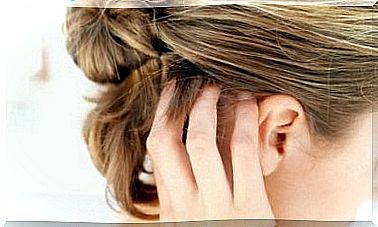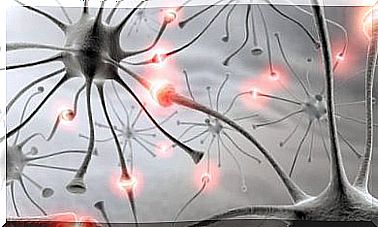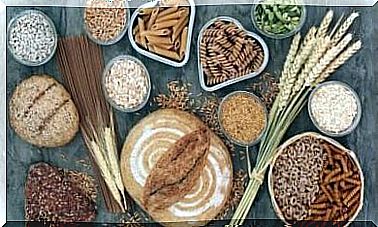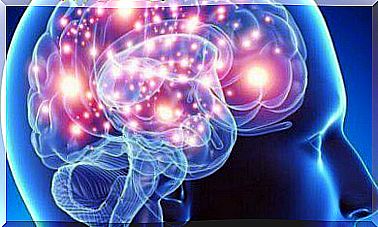First Aid For A Stroke
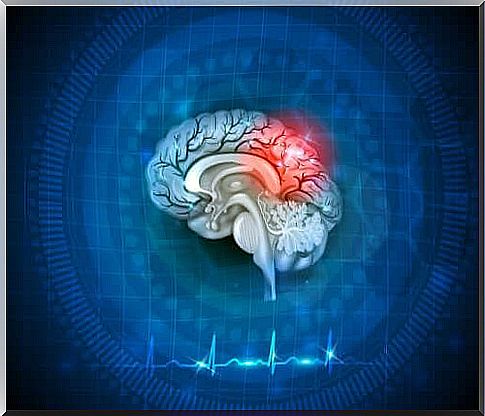
A cerebrovascular accident (CVA) is due to hemorrhage in the brain, or it can occur, in addition, when the blood flow does not circulate properly to the organ. Therefore, over the course of a few minutes, the brain starts to fail because the neurons cannot get the essential nutrients. First aid for a stroke and seeking immediate medical attention are the first steps we must take in this situation, as it is a serious emergency. The sooner the treatment is administered, the greater the chances of minimizing the damage.
“FAST” exam
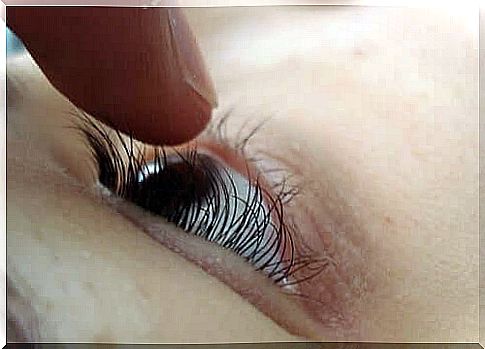
In case you are face to face with a possible stroke, use the “FAST” exam to remember the warning signs:
- Face (Face): Does the person’s face fall to one side when they try to smile?
- Arms : Does an arm get lower when the individual tries to raise both ends?
- Speech (Speech): Can the person repeat a simple prayer? Does it babble or is it difficult to understand?
- Time : During a cerebrovascular accident, every minute is important. Immediately dial the emergency number.
In addition to these symptoms, there are other characteristic signs of a cerebrovascular accident that present themselves suddenly. Some of them are:
- Weakness or numbness on one side of the body.
- Blurred vision or loss of vision, especially in one eye.
- Severe headache with no apparent cause.
- Dizziness, instability or fainting.
First aid in case of a heart attack
If the person is unconscious and does not respond when you touch or talk to him, you should place him on his back and lift his chin with one hand. In addition, it is necessary to check if the person is breathing, putting the ear to the mouth, listening to his chest and feeling the breath. In case of not breathing, the resuscitation process must begin.
CPR or cardiopulmonary resuscitation
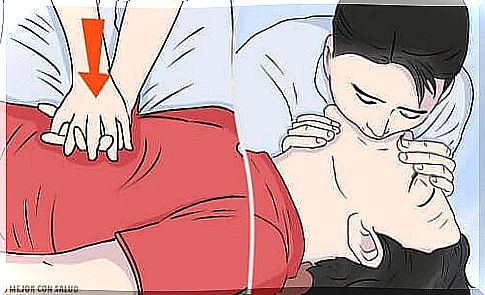
Cardiopulmonary resuscitation is a procedure performed when we are in front of a victim in cardiac arrest. It should be said that sometimes it is necessary to take a first aid course to know which maneuvers should be applied. However, knowing the basics of CPR will be helpful for everyone, as an emergency with these characteristics can happen at the most unexpected time and everyone can be a victim.
CPR has two alternating phases:
- Chest compressions: these maintain blood circulation.
- Mouth-to-mouth respiration: with it, it is possible to provide oxygen to the victim.
First, give chest compressions so that blood continues to flow through your organs. To do this, get on your knees with the patient and place the palm of your hand – the carpus – in the center of the victim’s chest. Then place your other hand over the first and interlace your fingers. At a rate of 100 to 120 chest compressions per minute, do 30 chest compressions.
Afterwards, perform mouth-to-mouth resuscitation or rescue inflation. Two should be performed and see how the chest inflates to assess whether the procedure is being performed correctly.
First Aid from a Stroke
Often, in order to help the victim, we do things that make the situation worse. We should not try to alleviate the symptoms seen previously, as we will be wasting our time if they are signs of a stroke. In addition, neither should we give any type of food or drink to the person who may be experiencing a potential cerebrovascular accident.
How to prevent a stroke?
As always when it comes to health, prevention is a key factor. Some risk factors for a cerebrovascular accident are:
- Have high blood pressure.
- Having had a stroke before.
- Smoke.
- Suffering from diabetes of any kind.
- Suffering from heart disease.
- Age.
Therefore, the main way to prevent cerebrovascular attacks will be to avoid the risk factors we mentioned before and also other harmful practices. For example, in addition to avoiding tobacco, it is recommended not to abuse alcohol or self-medicate.
Furthermore, it is suggested to maintain a healthy weight, do daily physical activity – for at least 30 minutes – and follow a balanced diet. Another advice is to check your blood pressure frequently, as well as your blood glucose and cholesterol levels.
As a final recommendation, it is a good idea to have a medical check-up yearly or every six months for older people. In case the doctor indicates a treatment, it must be carried out as indicated.
